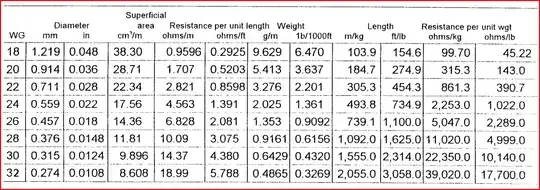Summary
Yes, you will be able to make it work
either by using nichrome wire on th wick directly
or if that is not consistent enough, by using a match head. to light the candle and lighting the head with nichrome.
The voltage is not what counts, it is the energy that matters. You will probably want a Watt or two per candle to do it well. Many batteries will do this.
Nichrome melts at 1400 C which is well above candle ignition temperature.
Wikipedia article on Nichrome
However, the properties of the wax and wick may make the practicalimplementation tricky. Getting rapid and consistent ignition may be "tricky".
What would work far better is to use nichrome wrapped around a match head. Embed a match head and igniter loop in each candle next to the wick. (Long long ago I used to ignite match heads using copper wire wrapped around them, to form an igniter for other material. It worked well and fast.
Voltage is not the main issue in ignition. To get temperature rise you need power and/or energy. Power = Watts = volts x amps. Energy = Watt-seconds = power integrated over time.
You will probably need a Watt or few to get fast ignition. The nichrome or similar wire can be sized to give the right power level at the available voltage. Another suitable wire is "constantan" which is made of 55/45 Copper-Nickel. It is commonly available and AFAIR has a higher resistance for a given length and diameter than Nichrome.
Per Watt, at 6V you need about 160 mA, at 3 V = 1/3 amp, at 1V = 1A.
AA NimH batteries can provide currents of this magnitude. Be awwre that resistance in the leads and in any connections can drastically alter the result at low voltages.
Wikipedia comment on flame temperaure says 1400C at core and 1000C mean.
This page says the wick ignites at about 240C and the wax vaporises at under 650C.
This very nice fore investigation paper says wax will flash at 204-270 C, the fore point is 238-260C !!!
This says Tmax in flame is 1400C as others do, but main value is its many references

